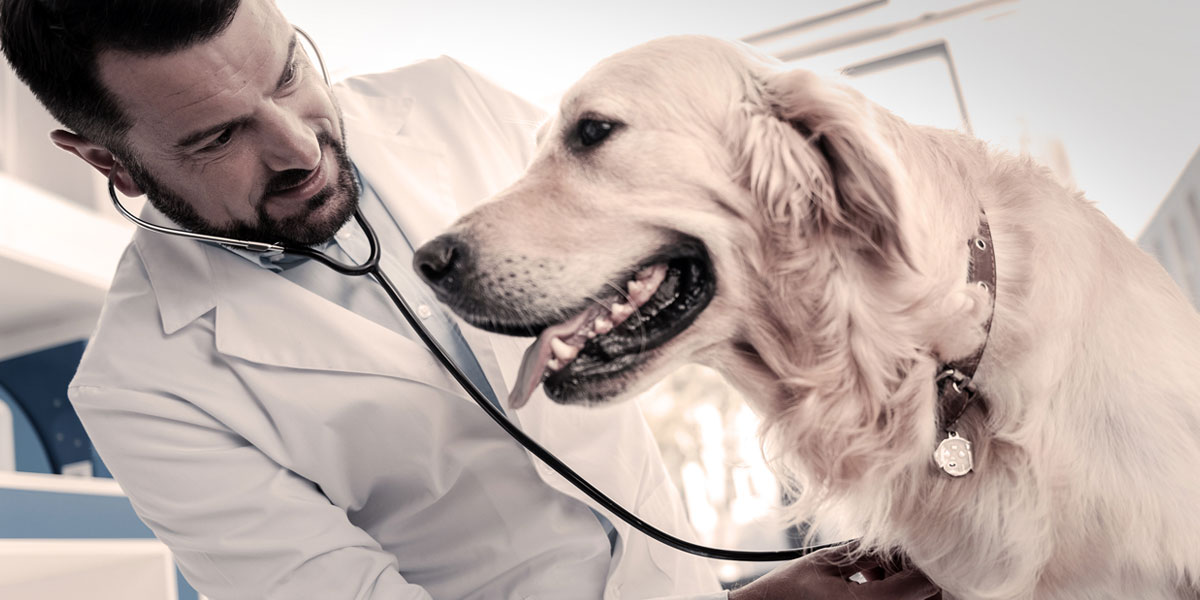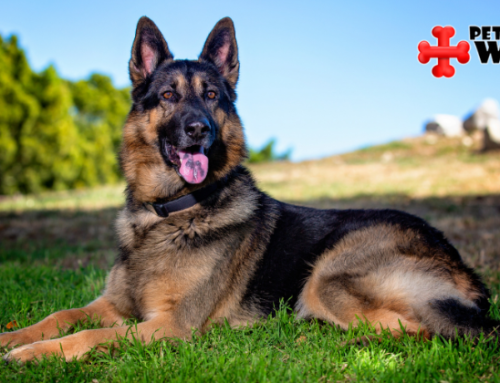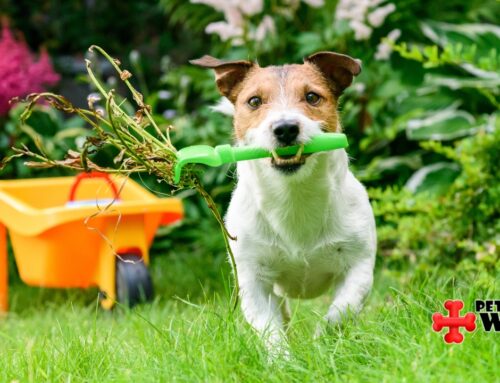Our furry friends bring boundless joy and companionship to our lives, but as they age, they may encounter health challenges, including osteoarthritis (OA). Canine osteoarthritis, often referred to as arthritis in dogs, is a common joint condition that affects many pets as they grow older. In this article, we will learn what canine osteoarthritis is, how to recognize its signs, factors that increase the risk, and most importantly, how to manage and improve your dog’s joint health.
What is Canine Osteoarthritis?
Canine osteoarthritis is a degenerative joint disease that affects the cartilage in your dog’s joints. Cartilage is the cushioning tissue that covers the ends of bones, allowing smooth and pain-free movement. With OA, this cartilage gradually deteriorates, leading to pain, inflammation, and reduced joint mobility. Just like in humans, osteoarthritis in dogs can be a painful and challenging condition to manage.
Recognizing the Signs of Canine Osteoarthritis
Early recognition of canine osteoarthritis is crucial for providing timely care. Look out for these common signs in your furry friend:
- Stiffness: If your dog has difficulty getting up from a lying position or seems stiff when walking, it could be a sign of OA.
- Limping: A noticeable limp or favoring one leg over another may indicate joint pain.
- Reduced Activity: A once-active dog that becomes less interested in exercise or play may be experiencing discomfort.
- Behavior Changes: Pain can lead to changes in behavior, including irritability or aggression.
- Reluctance to Jump or Climb Stairs: Avoiding activities that involve jumping or climbing could be due to joint pain.
Risk Factors for Canine Osteoarthritis
Several factors can contribute to your dog’s increased susceptibility to osteoarthritis (OA). Aging is a natural risk factor, as senior dogs are more prone to this condition. Additionally, certain breeds, especially larger ones like Labradors and German Shepherds, have a genetic predisposition to joint problems. Obesity can exacerbate the risk by placing added stress on the joints, and previous injuries or trauma may lead to joint problems later in life. Genetics also play a role, with certain genetic factors potentially predisposing dogs to joint issues. Understanding these risk factors is essential for proactive joint health management in your furry friend.
Diagnosis and Veterinary Care
If you suspect your dog has osteoarthritis, it’s essential to consult a veterinarian for a proper diagnosis. Your vet will perform a physical examination, evaluate your dog’s medical history, and may use imaging techniques like X-rays to assess the joints. Accurate diagnosis is crucial for developing an effective treatment plan tailored to your dog’s specific needs.
Treatment Options
Managing canine osteoarthritis involves a combination of treatments:
- Medication: Your vet may prescribe medications to relieve pain and reduce inflammation. Non-steroidal anti-inflammatory drugs (NSAIDs) are commonly used.
- Physical Therapy: Physical therapy exercises can help improve joint mobility and reduce pain.
- Weight Management: Maintaining a healthy weight through diet and exercise is essential for reducing joint stress.
- Joint Supplements: Supplements like glucosamine and chondroitin can promote joint health.
Lifestyle Modifications
Supporting your arthritic dog involves making several lifestyle adjustments. Incorporate low-impact activities such as swimming and short walks to keep your dog active without putting undue strain on their joints. Ensure a high-quality, balanced diet to help maintain a healthy weight; consulting your vet for dietary recommendations is wise. Offering your dog a comfortable and supportive orthopedic bed can help alleviate joint pressure during rest. Lastly, consider installing ramps or steps to assist your dog in accessing elevated places, reducing the need for jumping and minimizing joint stress. These adjustments can significantly enhance your arthritic dog’s comfort and quality of life.
Canine Osteoarthritis: A Lifelong Journey
Managing canine osteoarthritis is a lifelong commitment for pet owners, but the rewards are immeasurable. By providing the best possible care and support for your arthritic dog, you’re ensuring that they can continue to be a cherished part of your life for years to come. Understanding canine osteoarthritis and how to manage it is essential for every dog owner.
Recognizing the signs, seeking veterinary care, and implementing a holistic approach to treatment and prevention can significantly improve your dog’s joint health and overall quality of life. With your love and proactive care, your furry companion can enjoy their golden years to the fullest, free from the pain and discomfort of osteoarthritis. For expert guidance and consultation, reach out to PetWow today and give your dog the best chance at a comfortable life. Your dog’s well-being is our top priority!
For more pet care tips, follow us on Facebook, Twitter, Instagram, Pinterest or LinkedIn!






